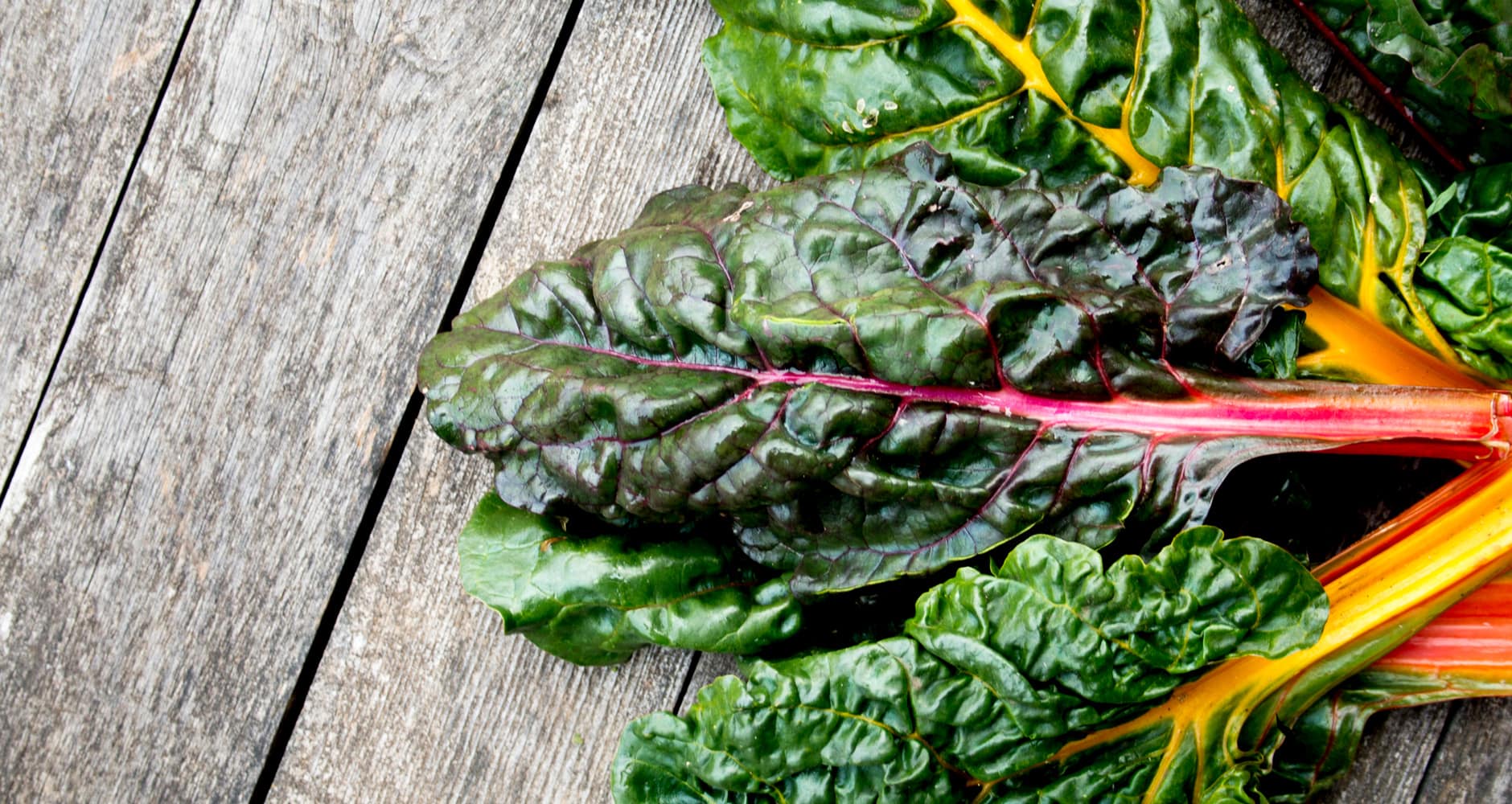
Seakale beet is a fascinating vegetable that often flies under the radar. This leafy green, also known as sea beet or wild beet, has a rich history and unique characteristics that make it worth knowing. Originating from the coastal regions of Europe, it has been used for centuries in various cuisines and traditional medicines. But what exactly makes seakale beet special? Its nutritional benefits, adaptability to different environments, and culinary versatility are just a few reasons why this plant deserves more attention. Whether you're a gardening enthusiast, a health-conscious eater, or someone curious about unique vegetables, seakale beet offers something intriguing for everyone. Let's dive into 15 interesting facts about this remarkable plant.
Key Takeaways:
- Seakale beet, a coastal warrior, thrives in salty environments, stabilizes sand dunes, and offers a powerhouse of vitamins and minerals for good health.
- With a rich history dating back to ancient times, seakale beet not only has culinary uses but also plays a crucial role in supporting biodiversity and preventing soil erosion.
What is Seakale Beet?
Seakale beet, also known as sea beet or Beta vulgaris subsp. maritima, is a wild ancestor of common beets and chard. Found along coastlines, it thrives in salty environments. Let's dive into some fascinating facts about this resilient plant.
Seakale Beet's Unique Habitat
Seakale beet has adapted to some of the harshest environments on Earth. Here are some interesting points about its habitat:
- Coastal Survivor: Seakale beet grows along the coasts of Europe, North Africa, and parts of Asia. It can withstand salty soils and strong winds.
- Salt Tolerance: Unlike many plants, seakale beet thrives in saline conditions, making it a true coastal warrior.
- Sand Dunes: Often found in sand dunes, it helps stabilize these fragile ecosystems with its extensive root system.
Nutritional Benefits of Seakale Beet
This hardy plant isn't just tough; it's also packed with nutrients. Here are some of its health benefits:
- Rich in Vitamins: Seakale beet leaves are high in vitamins A, C, and K, which are essential for maintaining good health.
- Mineral Powerhouse: It contains important minerals like magnesium, potassium, and iron, which support various bodily functions.
- Antioxidant Properties: The plant is loaded with antioxidants that help protect cells from damage caused by free radicals.
Culinary Uses of Seakale Beet
Seakale beet isn't just for the wild; it has made its way into kitchens too. Here are some ways it can be used in cooking:
- Edible Leaves: The young leaves can be eaten raw in salads or cooked like spinach.
- Versatile Roots: The roots can be roasted, boiled, or even pickled, offering a variety of culinary possibilities.
- Flavorful Stems: The stems, when blanched, have a mild, sweet flavor and can be used in various dishes.
Historical Significance of Seakale Beet
This plant has a rich history that dates back centuries. Here are some historical facts:
- Ancient Use: Ancient Greeks and Romans used seakale beet for its medicinal properties and as a food source.
- Medieval Medicine: During the Middle Ages, it was used to treat ailments like scurvy due to its high vitamin C content.
- Agricultural Ancestor: Seakale beet is the wild ancestor of modern beets and chard, making it an important plant in agricultural history.
Ecological Importance of Seakale Beet
Seakale beet plays a crucial role in its ecosystem. Here are some ecological benefits:
- Soil Stabilization: Its roots help prevent soil erosion in coastal areas, protecting these environments.
- Biodiversity Support: The plant provides habitat and food for various insects and animals, supporting local biodiversity.
- Pollinator Attraction: Its flowers attract pollinators like bees and butterflies, which are essential for the health of many ecosystems.
Seakale Beet: A Hidden Gem
Seakale beet, often overshadowed by its more famous relatives, holds a treasure trove of benefits. This hardy plant thrives in coastal areas, making it a resilient addition to any garden. Rich in vitamins A, C, and K, it supports overall health while adding a unique flavor to dishes. Its deep roots help prevent soil erosion, contributing to environmental stability. Plus, seakale beet's vibrant leaves and stems can brighten up any meal, offering both visual appeal and nutritional value.
Growing seakale beet is straightforward, requiring minimal maintenance once established. Its ability to withstand harsh conditions makes it a reliable crop for both novice and experienced gardeners. Whether you're looking to diversify your diet or enhance your garden's resilience, seakale beet is worth considering. Embrace this underrated plant, and you'll soon reap the rewards of its many hidden benefits.
Frequently Asked Questions
Was this page helpful?
Our commitment to delivering trustworthy and engaging content is at the heart of what we do. Each fact on our site is contributed by real users like you, bringing a wealth of diverse insights and information. To ensure the highest standards of accuracy and reliability, our dedicated editors meticulously review each submission. This process guarantees that the facts we share are not only fascinating but also credible. Trust in our commitment to quality and authenticity as you explore and learn with us.


